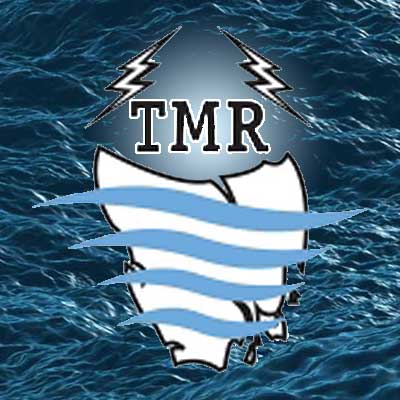
Photo: Barry McCann
Where and how it all began ...
The Tasmanian Smallcraft Marine Radio Group (TSMRG) was formed by Barry McCann and Les Collis in 1975 to establish an economical means of communication between pleasure craft and a shore station.
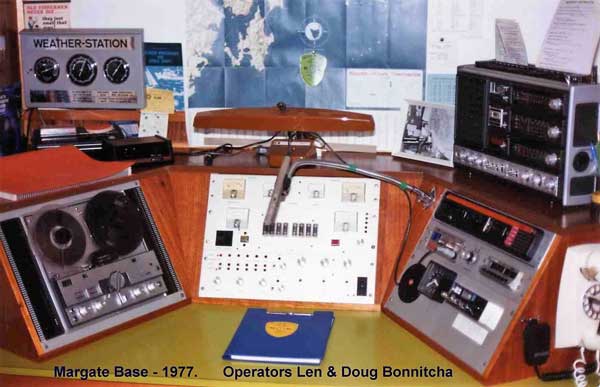
Photo: Barry McCann
The 27MHz base station was set up at the late Doug Bonnitcha's home on the Esplanade at Margate in July 1976 and was operated for the next nine years by his son, Len. A VHF service also commenced during this time. Shortly afterwards a radio was installed at Denison Canal and operated by Charlie Curle to assist mariners navigating the canal.
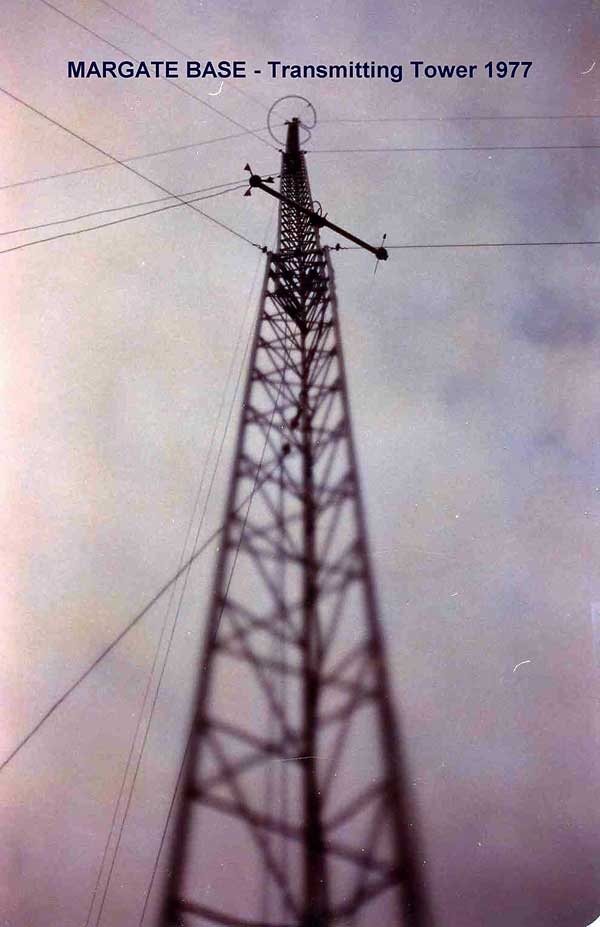
Photo: Barry McCann
Upon Len's retirement in 1985 the base station moved to South Arm and became Tasmar Radio. This station was run by Rex Griffiths until his retirement in the late 80s. In 1987, a remotely controlled base station was constructed at Snug Tiers and this facility, now housing HF transmitters and the VHF weather channel transmitter, is still an integral part of the much expanded system that is Tas Maritime Radio today.
When Rex retired the base was moved to Denison Canal and operated by the late Robert Wright. The base then moved to the homes of various volunteers when second and third control consoles were built. Operators during those years included Elaine Stokman, Bill Lush, Ted Thorne, Stu Braunholz and Mike Hooper.
The name change from Tasmar Radio to Coast Radio Hobart had no bearing on the self-funded and voluntary nature of this network. It was a decision made by the body that implemented the national High Frequency Radio Network, for which we operated as Coast Radio Hobart. The local service we provided as Tasmar Radio, of course, still continued. To become part of the national coast radio network a number of agreements had to be entered into with other parties and so a not for profit company, TSMRG Pty Ltd, was formed to operate Coast Radio Hobart.
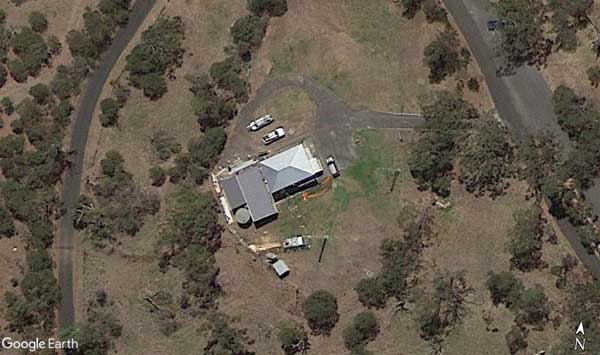
Photo: Google
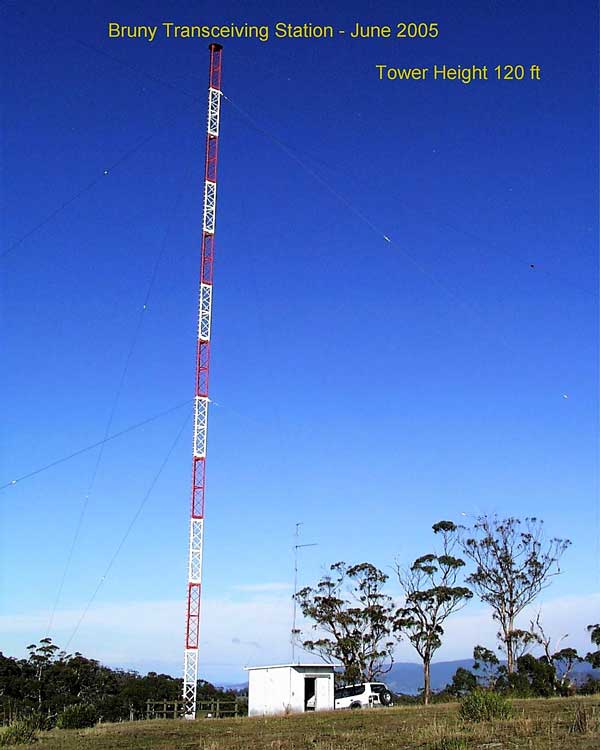
Photo: Barry McCann
In 1993 Tasmar Radio was granted sole use of the old Hobart Radio receiving station on Bruny Island. This station, now fully re-equipped, forms a vital part of our operation and provides monitoring of the international distress frequencies. Our operations room at the old Hobart Radio building on the Queens Domain began service in May 2004, continuing a maritime radio service from this site that began in 1912.
Huge technical improvements have been made since 2004. Directors Barry McCann, Stu Braunholz and Brian Muir are extremely grateful for the assistance of volunteers with special skills who enthusiastically assist when needed. A new Link Hub station has been constructed at Mount Nelson to house radio link equipment, micro-computers and control systems. We took over the old Telstra Mt Mangana transmission site on South Bruny Island to vastly improve southern coverage. Equipment at the Domain, Snug Tiers and Bruny also needed replacement. Telstra and Transend Networks again came to our aid with the donation of surplus multi-channel digital radio equipment and facilities. A special thanks to Brian Muir for the many years he has devoted to this very complex upgrade.
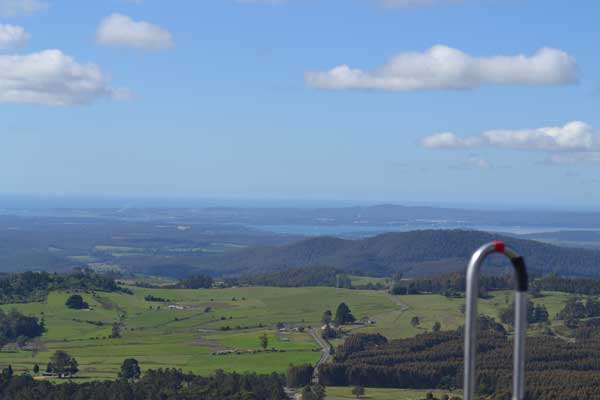
Photo: Brian Muir
In 2014 the opportunity arose, with the help of Transend, Marine and Safety Tasmania (MAST) and Icom Australia, to set up two new base stations in the west of the state to extend our coverage to Tasmania's West Coast. There were more base stations on the horizon too, and so with the realisation that our network extended well beyond just the southeast of the state (and in fact would cover the majority of the Tasmanian coastline) came the decision to change the name to Tas Maritime Radio or TMR, a name that more accurately reflects the service area we cover. We now operate 11 VHF base stations around Tasmania and 3 HF long range stations. They are all controlled by a single operator at any one time, each doing 4 hour shifts.
The TMR network of today incorporates quite a complex mix of hardware and software technologies. Most of our software, control and distribution systems are purpose-built “in house”, to enable control of the extensive network intuitively by our 20 (approximately) volunteer operators, using a touch screen for all functions. TMR values highly our dedicated band of operators – who mostly have not come from a technical or radio background – but have enthusiastically presented themselves for in-house training by Barry McCann. Without them we are nothing and silent.
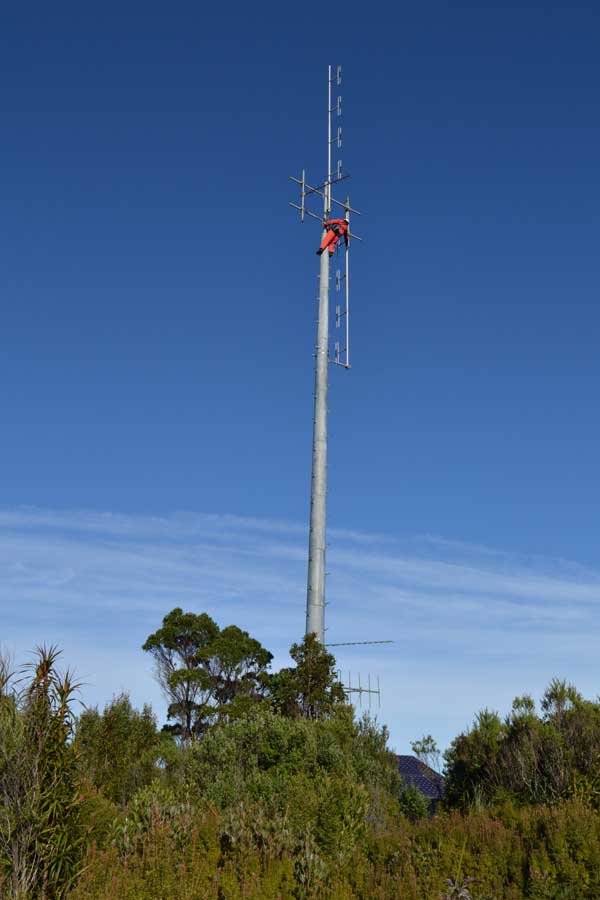
Photo: Brian Muir
We have also now moved with the times “on line”, thanks to our volunteer IT man (and operator) Mark Watson. We also rely heavily on Golden Electronics Security, who voluntarily control the VHF section of the network and monitor channel 16 state-wide from 1900 to 0700 each night monitoring for emergency or distress traffic.
Throughout this journey of over four decades there have been countless people and organisations who have seen the value in what we do and have lent a hand or helped us pay some big bills. There are far too many to list here. But although TMR relies heavily on its membership for ongoing funding (and to retain its independence), the contributions from MAST in particular to fund some of the expensive remote bases (TMR can’t afford helicopters) have been a critical ingredient to achieving the extensive coverage we now have. MAST has never baulked at finding funds for some of the remote bases that we have identified as being needed. Other “must mentions”:-
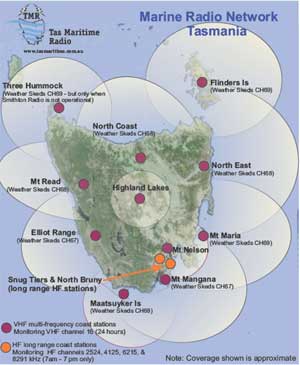
Image: Brian Muir
- Tas Networks has provided TMR with surplus equipment and with essential communication links to some of the remote bases (west coast and northern bases).
- Telstra has donated surplus equipment and provided professional riggers to work on elevated antennas on towers.
- The Tas Community Fund and MAST made substantial contributions to enable us to build our beautiful new operations room and museum on the Queens Domain.
Some organisations simply “forget” to send us a bill and some members donate substantial amounts above our minimal membership fee ($35). Here at TMR we often say – “only in Tasmania”.
TMR is continually looking at ways to improve its coverage and service to Tasmania's mariners.
